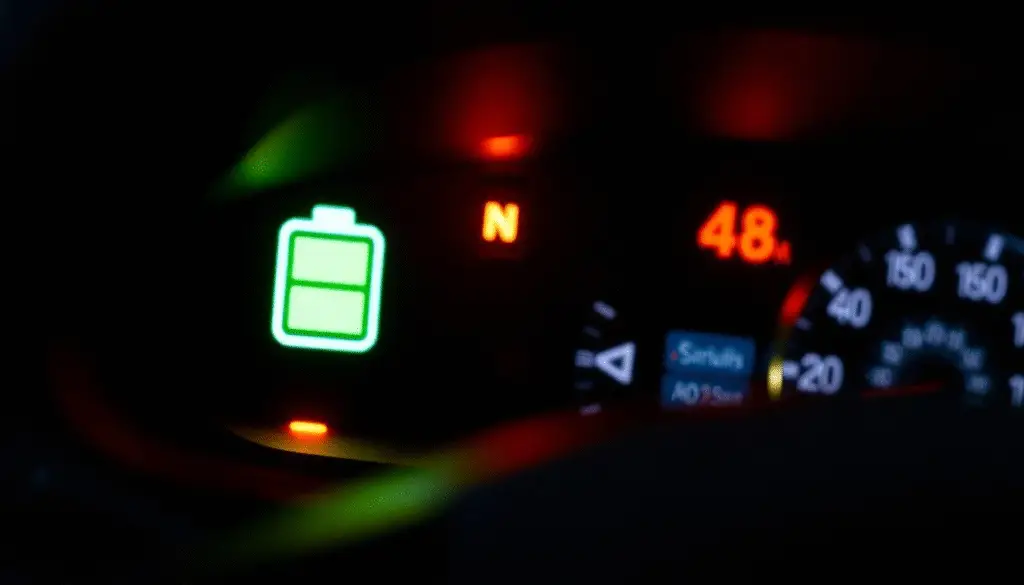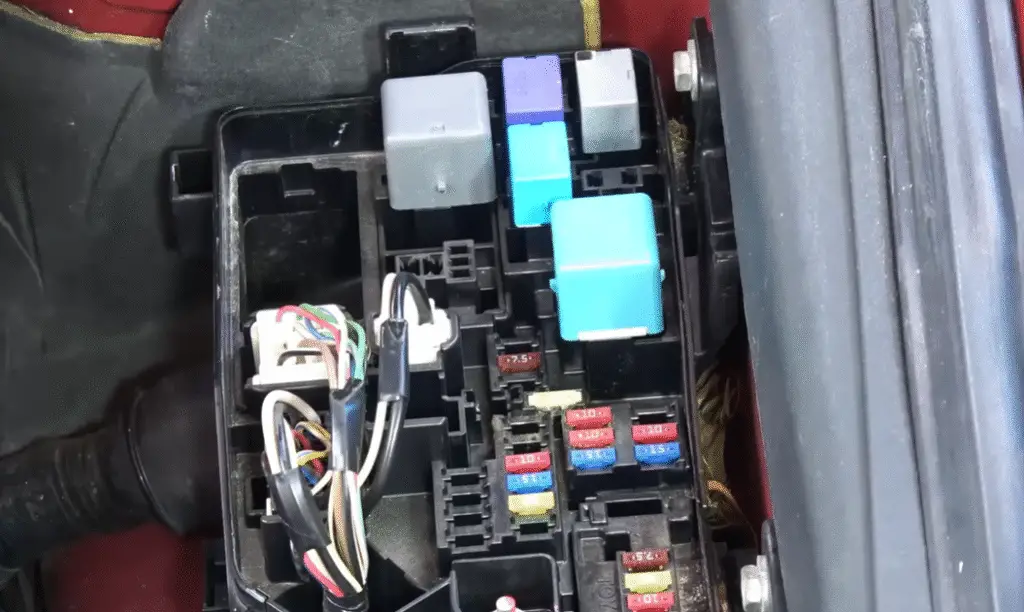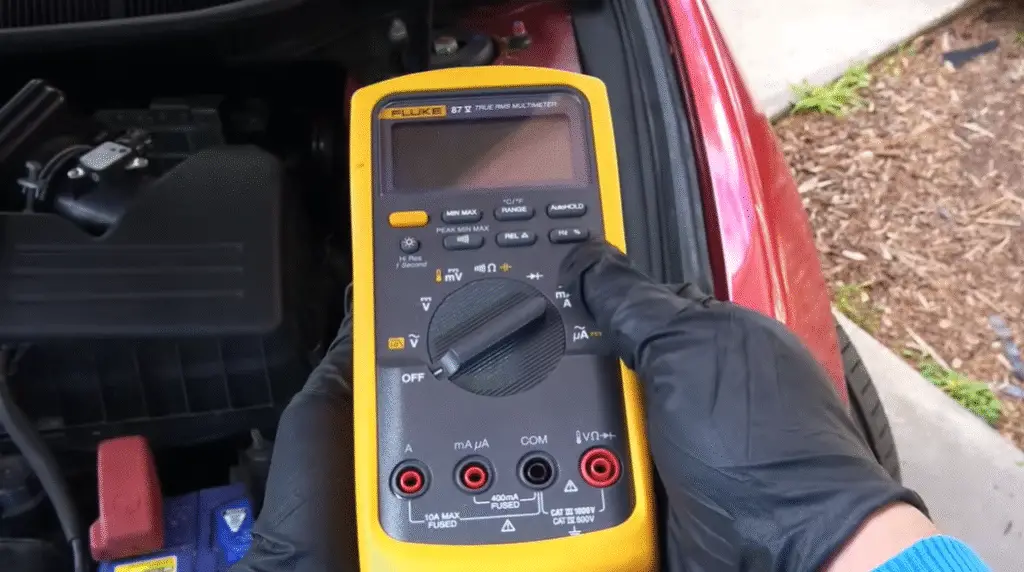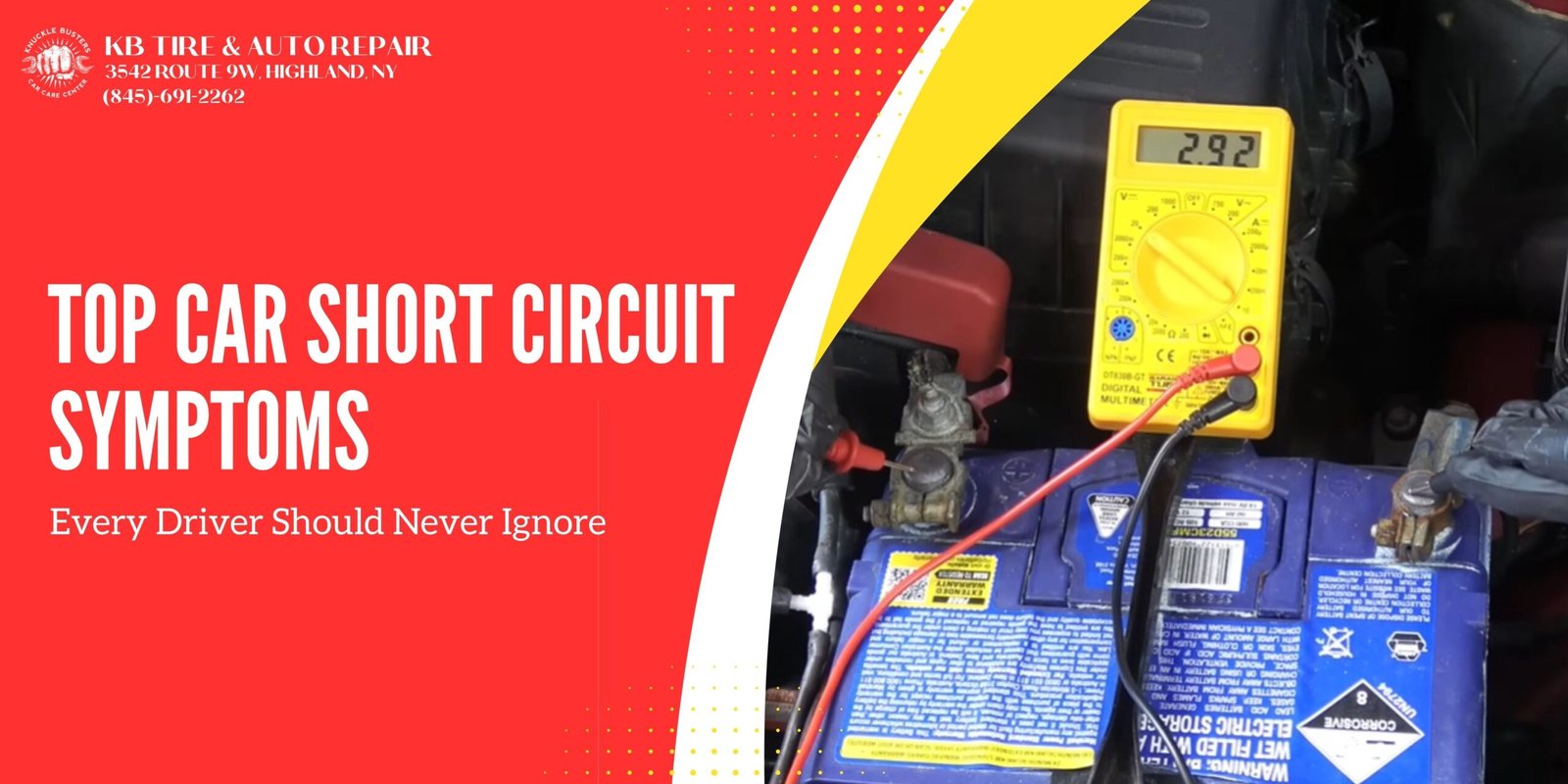When you’re behind the wheel, the last thing you want is a sudden electrical issue. Car short circuits can lead to frustrating problems that not only affect your vehicle’s performance but can also compromise your safety. Knowing the symptoms of a short circuit can save you time, money, and a whole lot of hassle.
Imagine driving along and suddenly experiencing flickering lights, a dead battery, or unexpected dashboard warnings. These signs might seem minor, but they can indicate a serious underlying issue. By recognizing these symptoms early, you can take action before a small problem escalates into a costly repair. Stay ahead of the game and keep your ride running smoothly by understanding the telltale signs of a car short circuit.
Understanding Car Short Circuits
Car short circuits can cause various electrical issues. It’s crucial to understand the underlying concepts to identify potential problems early.
Definition of a Short Circuit
A short circuit occurs when electricity travels along an unintended path, often bypassing normal circuit pathways. This can result in excessive current flow, generating heat and potentially causing damage to electrical components. Symptoms may include blown fuses, sparks, or melted wires that indicate a short circuit forming within your vehicle’s electrical system.
Common Causes
Several factors can lead to car short circuit symptoms:
- Damaged Wires: Wear and tear, rodent damage, or abrasion can expose wiring, causing unintended connections.
- Faulty Connections: Loose or corroded connectors may lead to increased resistance, presenting a pathway for shorts.
- Wet Conditions: Moisture can infiltrate the electrical system, causing interference and shorts in circuits.
- Malfunctioning Components: Failing parts such as alternators or batteries can create irregular electrical flow, leading to shorts.
Familiarizing yourself with these causes helps in recognizing the symptoms early and addressing issues before they escalate, ensuring your vehicle runs safely and efficiently.
Symptoms of Car Short Circuits

Car short circuit symptoms can provide crucial insight into electrical issues within your vehicle. Recognizing these symptoms early can help you prevent further damage and ensure safe operation.
Electrical Issues
You may notice electrical issues, such as flickering headlights or dimming interior lights. These irregularities often signal that there’s a problem with the electrical system, possibly stemming from a short circuit. You might also experience intermittent power loss to components like the radio, power windows, or climate controls. If multiple electrical devices fail simultaneously, it’s crucial to investigate potential short circuits.
Warning Lights on Dashboard
Warning lights on your dashboard can indicate various problems, including car short circuit symptoms. The battery or electrical system warning light might illuminate when there’s an issue with the vehicle’s electrical components. If you see these lights frequently or they appear alongside other dashboard indicators, prompt investigation can help identify potential short circuits or related issues that need immediate attention.
Unusual Smells or Sounds
Unusual smells or sounds can also signal car short circuit symptoms. You might detect a burning odor resembling melted plastic, which indicates overheating wires or insulation. Additionally, you could hear crackling or popping noises near the dashboard or under the hood, which can suggest electrical arcing related to a short circuit. If you encounter any of these symptoms, it’s essential to assess the situation quickly to avoid further electrical damage.
Recognizing these car short circuit symptoms empowers you to respond promptly and maintain your vehicle’s safety and performance.
Diagnosing a Short Circuit

Diagnosing a short circuit effectively helps you address car short circuit symptoms early. Consider these two essential methods for identifying potential issues.
Visual Inspection
Start with a thorough visual inspection of your vehicle’s electrical components. Look for any damaged wires, frayed connections, or burnt insulation. Pay special attention to areas where wires might rub against metal surfaces, as these can lead to short circuits. Inspect the battery terminals for corrosion, which can cause poor connections and electrical issues. Check fuses for any that appear blown or damaged, as this can indicate a short circuit as well. If you notice any unusual smells or signs of heat, these may also point to electrical problems.
Using a Multimeter
Using a multimeter provides a precise method for diagnosing electrical issues. Set the multimeter to measure voltage and check the battery voltage first; it should read around 12.6 volts when the engine is off. If the reading is significantly lower, the battery may be weak or there’s a short circuit affecting its performance. Then, check the continuity of the fuses. A multimeter can help identify whether a fuse is blown, which is a common indicator of a short circuit. Measure the resistance in various components and connections as well; unexpectedly low resistance typically signals an issue. By regularly using a multimeter, you can catch car short circuit symptoms early and maintain your vehicle’s electrical system effectively.
By conducting a visual inspection and using a multimeter, you can diagnose short circuits and prevent further complications. Addressing these car short circuit symptoms promptly keeps your vehicle running smoothly and safely.
Fixing Short Circuit Issues

Tackling short circuit problems early can prevent extensive damage to your vehicle’s electrical system. Understanding whether to seek professional help or address the issue yourself is vital for effective resolution.
Professional Help vs. DIY
Consider professional help if you suspect complex electrical issues. Mechanics with expertise in electrical systems can diagnose problems accurately and fix them effectively. They possess specialized tools and experience that can save you time and ensure safety. If you notice persistent car short circuit symptoms like recurring blown fuses or persistent dashboard warning lights, knowing when to consult a mechanic is crucial.
Opt for DIY methods if your knowledge of vehicle systems is sound. Simple issues can often be managed at home. For example, you can inspect for damaged wires or corroded battery terminals. Using a multimeter to test voltage and continuity provides insight into electrical health. Just remember, always prioritize safety. Disconnect the battery before working on any electrical component to prevent shocks.
Preventive Measures
Implementing preventive measures significantly reduces the risk of experiencing car short circuit symptoms. Regular maintenance checks can catch potential issues before they lead to short circuits.
- Inspect Electrical Components regularly: Check wiring for signs of wear, fraying, or corrosion. Addressing these issues early can prevent further damage.
- Keep Connections Clean: Ensure battery terminals and connections remain clean and tight. Dirt or corrosion can cause poor connectivity, leading to electrical problems.
- Monitor Dashboard Lights: Pay attention to any warning lights related to the battery or electrical system. Address these warning signs promptly.
- Avoid Water Exposure: Be cautious in wet conditions. Water can create unintended paths for electricity, leading to short circuits.
By taking these preventive measures, you can maintain your vehicle’s electrical system and minimize the risk of experiencing car short circuit symptoms in the future.
Conclusion
Recognizing car short circuit symptoms is essential for maintaining your vehicle’s safety and performance. By staying alert to signs like flickering lights or unusual smells you can prevent minor issues from escalating into costly repairs. Regular inspections and proactive maintenance play a vital role in keeping your electrical system in top shape.
If you notice any symptoms, don’t hesitate to take action. Whether it’s a simple DIY fix or seeking professional help addressing these issues early can save you time and money. Stay informed and proactive to ensure your vehicle remains reliable and safe on the road.
Frequently Asked Questions
What are the common symptoms of car short circuits?
Car short circuits can show symptoms like flickering lights, a dead battery, and unexpected warning lights on the dashboard. Unusual smells, such as burning odors, and sounds like crackling may also indicate a short circuit. Recognizing these signs early can prevent serious issues.
What causes a car short circuit?
Common causes of car short circuits include damaged wires, faulty connections, exposure to moisture, and malfunctioning electrical components. Identifying these issues early can help prevent extensive damage to your vehicle’s electrical system.
How can I diagnose a short circuit in my car?
You can diagnose a short circuit through a visual inspection of wires and connections, looking for signs of damage or corrosion. Additionally, using a multimeter to measure battery voltage and check fuse continuity can help pinpoint the issue effectively.
When should I seek professional help for a short circuit issue?
If you encounter complex electrical problems or feel uncertain about diagnosing the issue, it’s best to consult a professional mechanic. Simple issues, like damaged wires or corroded terminals, can often be addressed through DIY methods.
What preventive measures can I take to avoid car short circuits?
To reduce the risk of short circuits, conduct regular maintenance checks, keep electrical connections clean, inspect components for damage, monitor dashboard lights, and avoid exposing your vehicle to water. Proactive care ensures your vehicle remains safe and performs well.
Related Posts:
